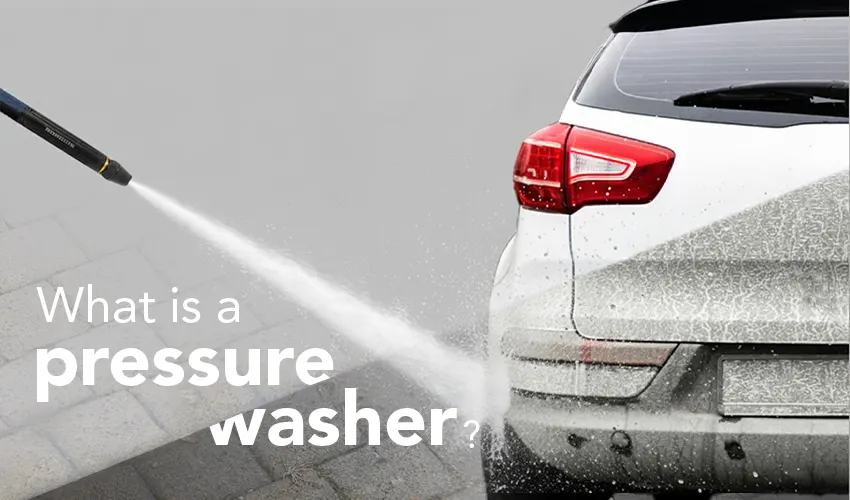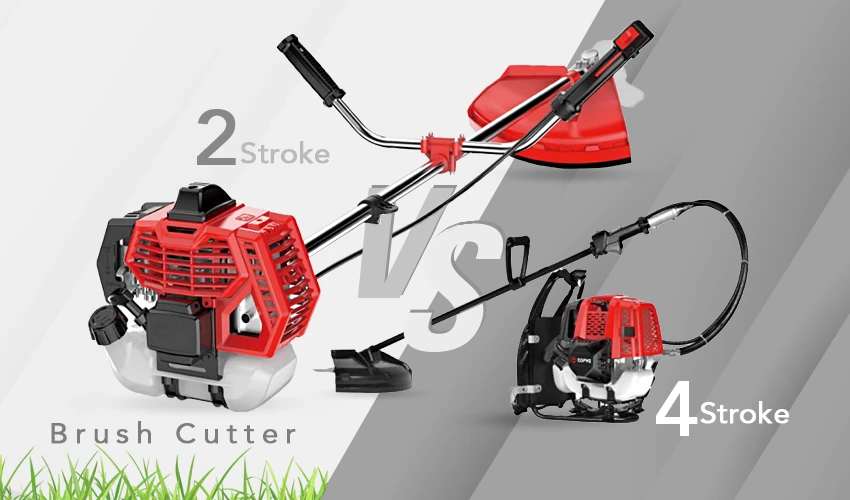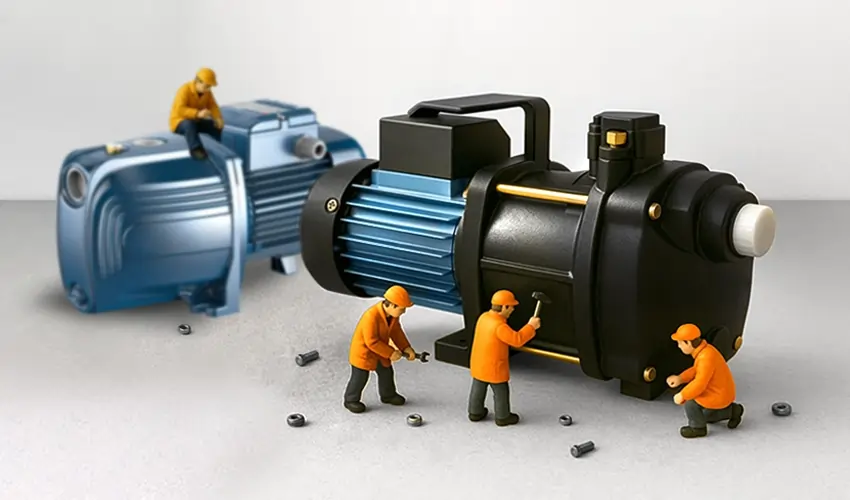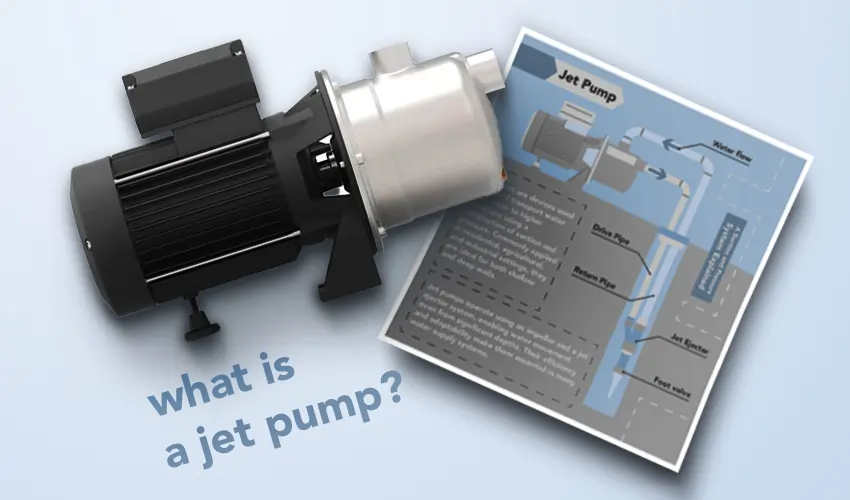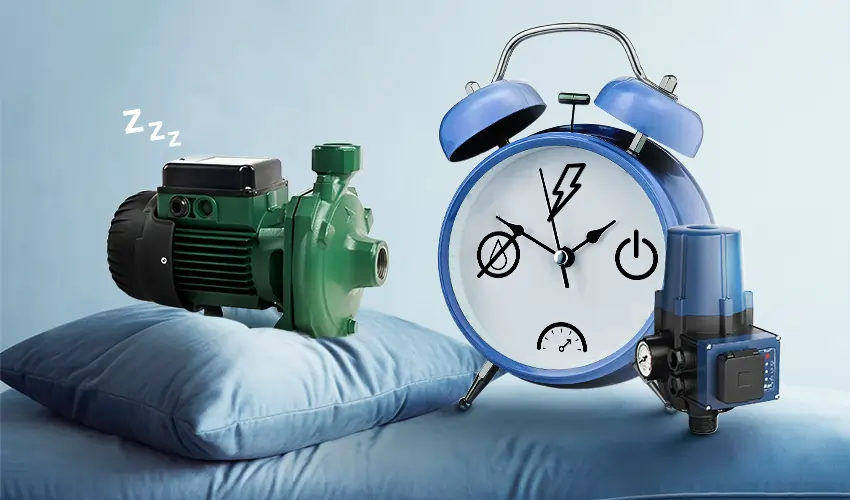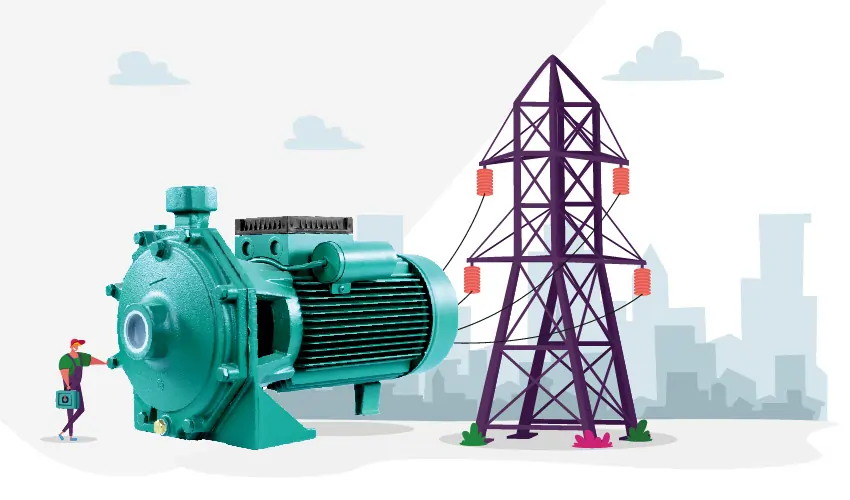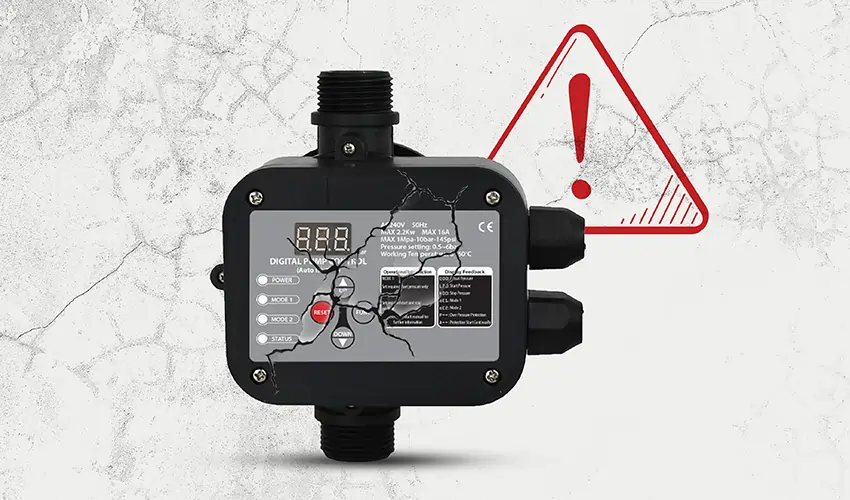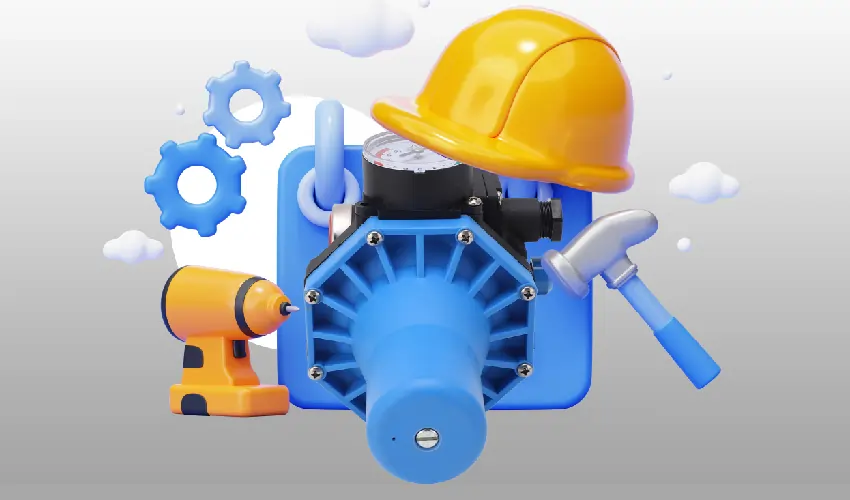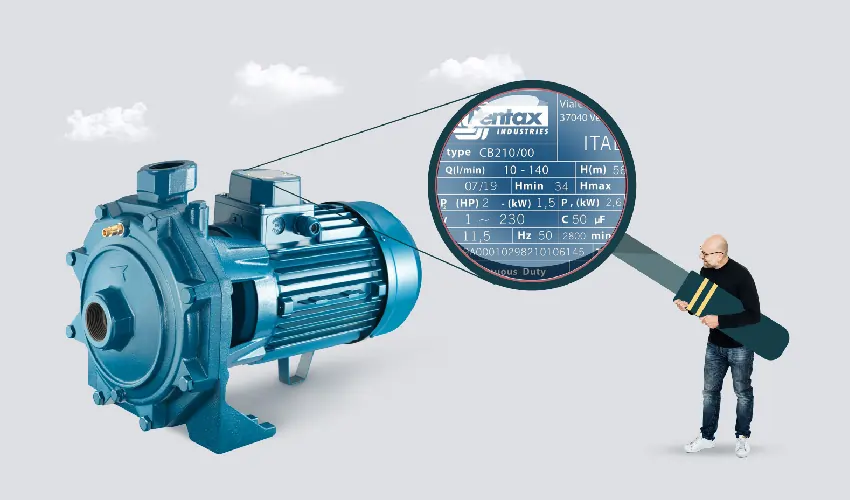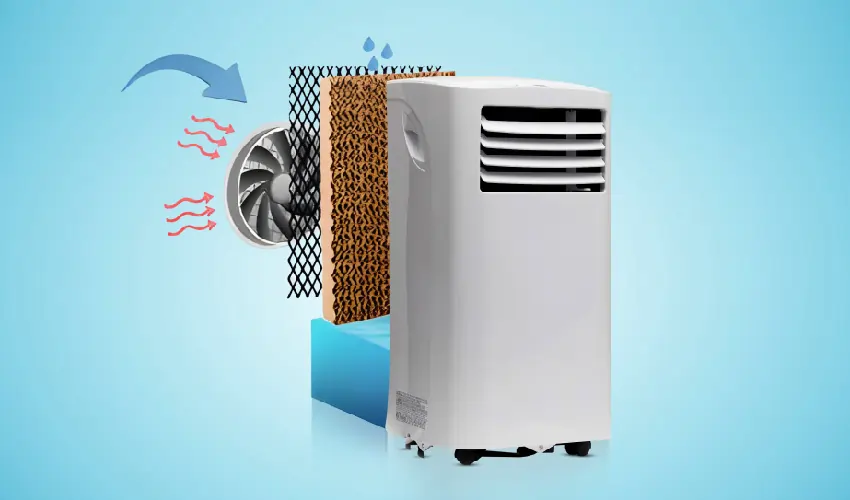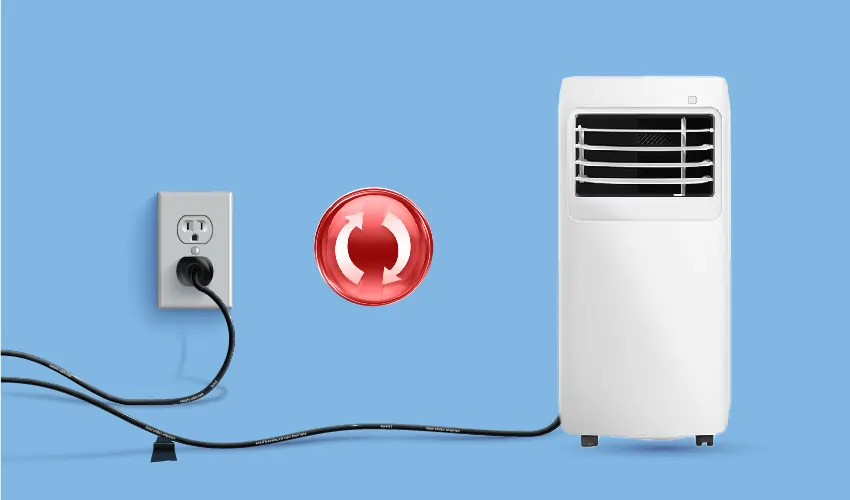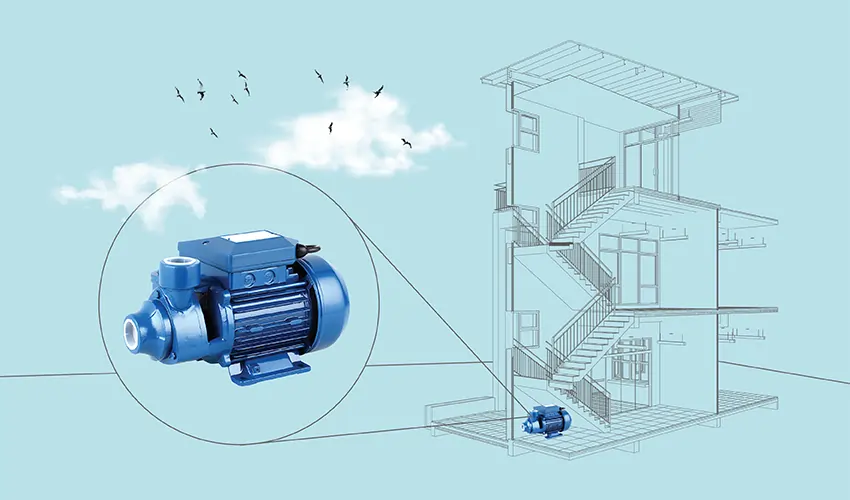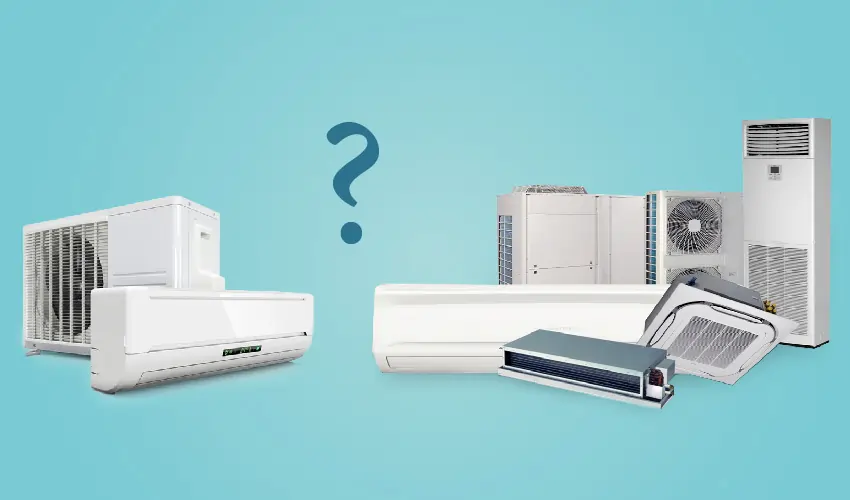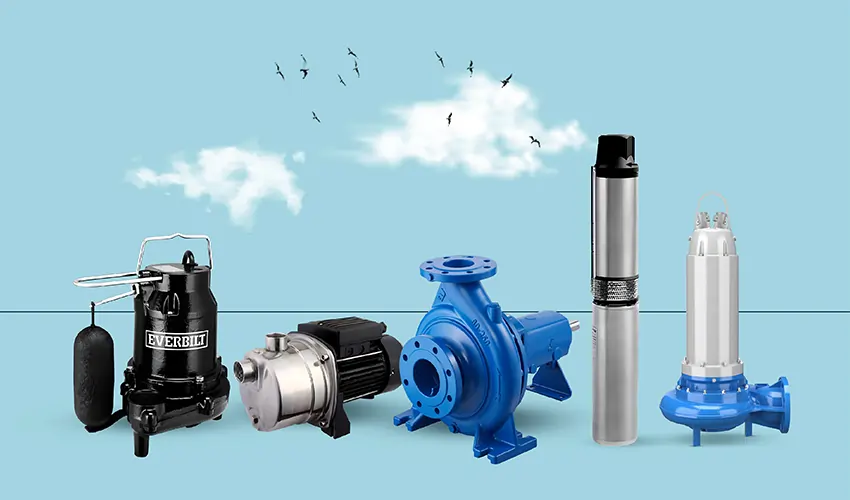How to Install a Jet Pump?
Jet pump installation is a crucial step in establishing a reliable water pumping system. The installation process involves preparing the mounting surface, connecting the intake and discharge pipes, priming the pump (if required), connecting the electrical supply, and conducting system testing. Following manufacturer guidelines and considering specific application needs are essential for a successful installation. Understanding the basics of jet pump installation is important for anyone seeking to implement an efficient water pumping solution.
Where Do We Install Jet Pump??
Jet pumps can be installed in various locations depending on the specific application and water source. Here are some common installation options for jet pumps:
1. Well Installation: Jet pumps are often installed in wells to extract water from underground sources. They can be installed in the well casing or at ground level, depending on the design and depth of the well.
2. Basement or Utility Room: In residential or commercial settings, jet pumps can be installed in basements or utility rooms. This location provides easy access for maintenance and allows for convenient connection to water supply lines.
3. Pump House or Pump Station: For larger-scale applications or when multiple pumps are required, a dedicated pump house or pump station may be constructed. This structure provides a central location to house and operate the jet pumps.
4. Water Storage Tanks: Jet pumps can be installed near water storage tanks to pump water from the tank to various points of use. This setup is often used in residential or agricultural settings where a water storage system is in place.
5. Mobile or Portable Applications: Jet pumps can be installed on trailers or skids for mobile or portable applications. These setups allow for flexibility in moving the pump to different locations as needed.
When Should We Install Jet Pump?
Jet pumps are typically installed when there is a need to pump water from a water source to a desired location. Here are some situations and scenarios where installing a jet pump may be appropriate:
1. New Construction: When building a new residential or commercial property, it is common to install a jet pump if the water source is a well or another underground water supply. This ensures a reliable water supply for the new establishment.
2. Water System Upgrades: If an existing water system needs to be upgraded or modified, installing a jet pump may be necessary. This could involve replacing an old pump with a more efficient jet pump or adding a jet pump to improve water pressure or capacity.
3. Water Source Change: When transitioning from a different water source, such as switching from a municipal water supply to a well or vice versa, installing a jet pump is often required to facilitate the new water source’s extraction and distribution.
4. Expansion of Water Needs: If there is a need to expand water usage, such as adding irrigation systems, additional bathrooms, or new water-dependent equipment, installing a jet pump can ensure an adequate water supply to meet the increased demand.
5. Replacement or Repair: In cases where an existing pump has failed or requires repair beyond reasonable cost, installing a new jet pump becomes necessary to restore or maintain the functionality of the water supply system.
6. Mobile or Temporary Applications: Jet pumps may be installed in mobile or temporary setups, such as construction sites, remote camps, or portable water systems. These installations provide a reliable water supply in temporary locations.
How a Jet Pump Is Installed?
The process of a jet pump set up can vary depending on the specific model and application. However, here is a general overview of how a jet pump is typically installed:
Determine the Installation Location
Select an appropriate location for the jet pump installation. Consider factors such as accessibility, proximity to the water source, electrical connections, and any specific installation requirements mentioned in the manufacturer’s instructions.
Prepare the Pump Mounting Surface
Ensure that the surface where the jet pump will be mounted is clean, level, and sturdy. This may involve securing a mounting pad or platform to provide a stable base for the pump. Connect the Intake Pipe Install the intake pipe or suction line that will draw water from the water source. This pipe is typically connected to the inlet of the jet pump and extends into the water source, such as a well or a water storage tank.
Install the Discharge Pipe
Connect the discharge pipe to the outlet of the jet pump. This pipe will carry the pressurized water from the pump to the desired points of use or to a storage tank or distribution system. Prime the Pump If the jet pump requires priming, follow the manufacturer’s instructions to prime the pump. This may involve filling the pump and suction line with water to remove any air and ensure proper operation.
Connect the Electrical Supply
Ensure that the electrical power supply matches the requirements of the jet pump. Connect the pump to a dedicated electrical circuit to provide power for operation. Test the System Once the installation is complete, test the jet pump system to ensure proper functioning. Check for any leaks, verify water flow, and monitor the pump’s performance to ensure it meets the desired requirements.
Follow Maintenance Guidelines
Familiarize yourself with the manufacturer’s maintenance guidelines and recommended service intervals. Regular maintenance, such as cleaning filters, inspecting connections, and checking for wear, will help ensure the longevity and efficiency of the jet pump.
Conclusion
In conclusion, the installation of a jet pump involves selecting an appropriate location, preparing the mounting surface, connecting the intake and discharge pipes, priming the pump if necessary, connecting the electrical supply, and testing the system for proper functionality. Following the manufacturer’s instructions and considering specific application requirements are crucial during the installation process. It is advisable to consult with professionals or qualified technicians when needed to ensure a successful and efficient installation of the jet pump.


